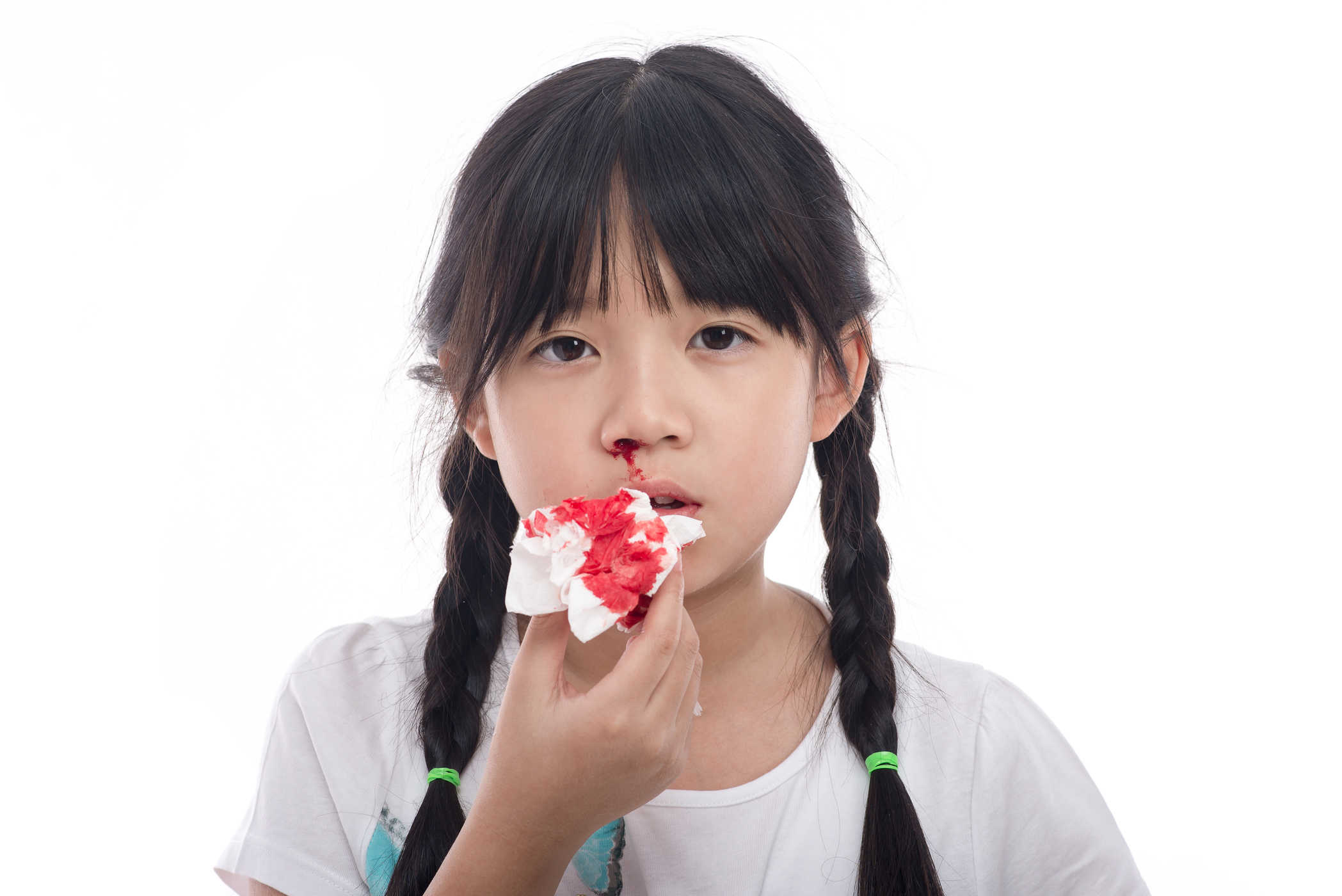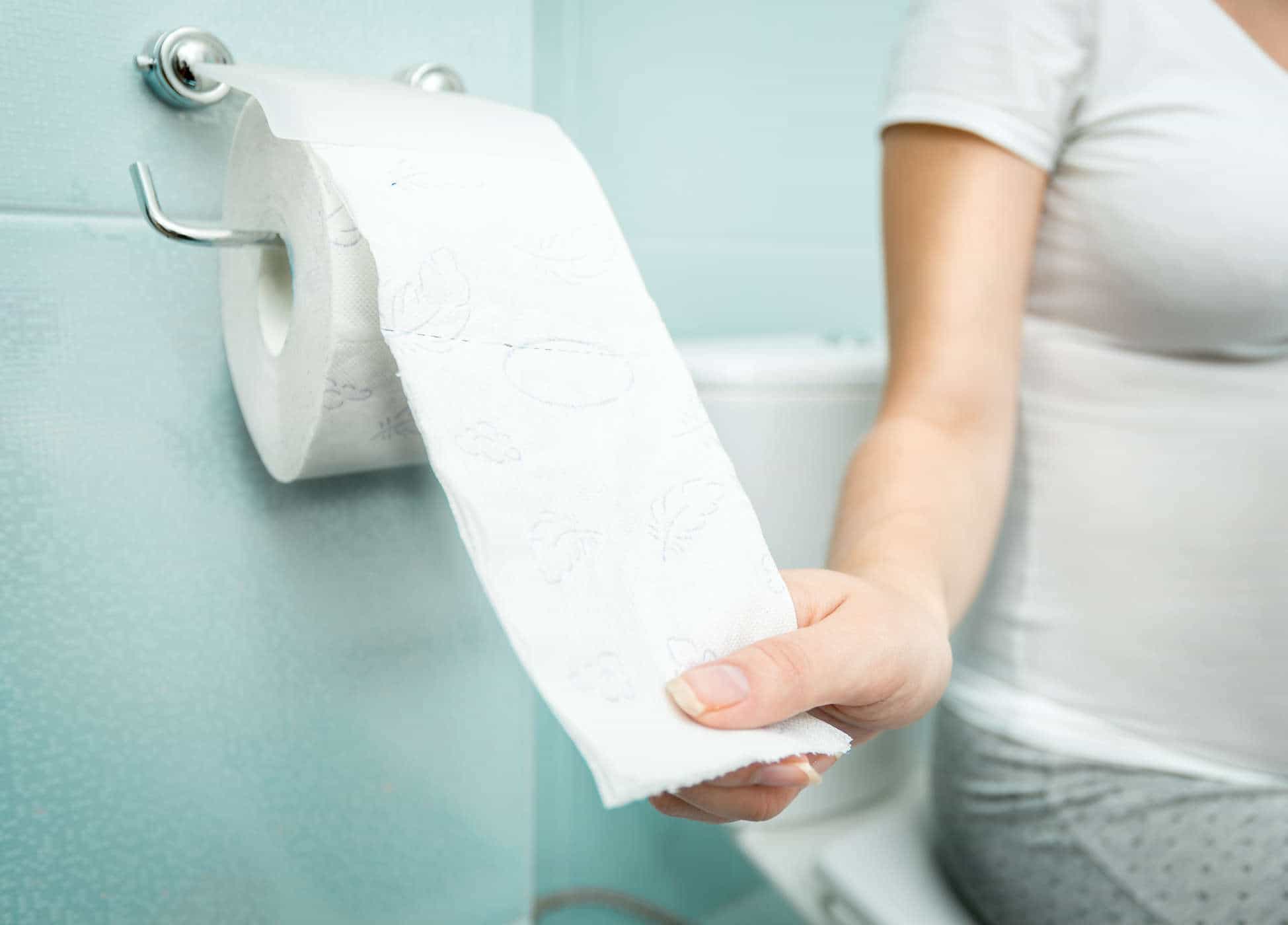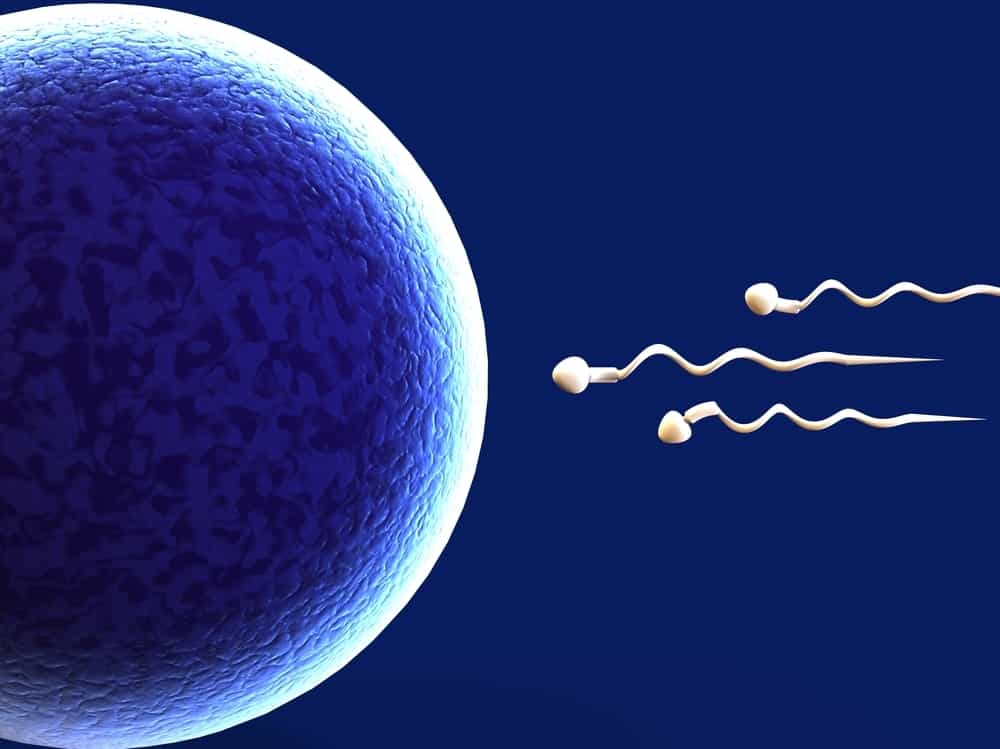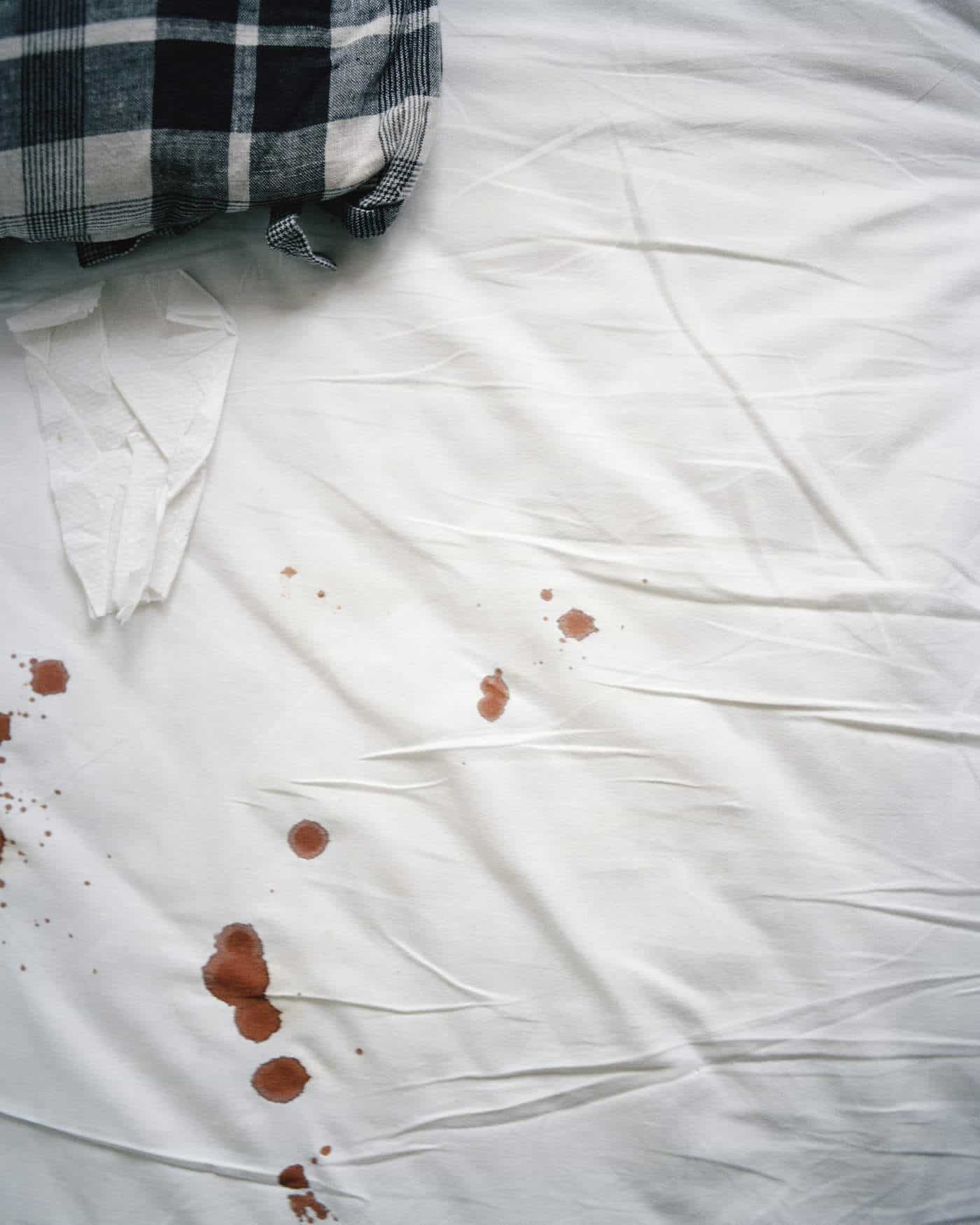Contents:
Medical Video: Recurring Nosebleeds Medical Course
When you see your little one after playing outside suddenly come home with a nose bleed, all parents must be panicked and excited. In fact, he was still fine before; do not fall or hit hard objects while playing.
What is the cause of nosebleeds in children? And what should you do if your child has a nosebleed again?
do not panic
The nasal cavity is covered by many small and thin blood vessels, which easily bleed — especially when dry or irritated.
Nosebleeds are scary, especially if they occur in children. However, nosebleeds are commonly experienced by toddlers up to the age of 10 years, and are not a symptom of a serious illness to be worried about. Most will stop by themselves and can be easily overcome.
Most cases of toddler nosebleeds are caused by picking nose, poking foreign objects into the nose, or dry air. In addition, the balance of the body and motor skills of a toddler is not too strong. It could be that your child falls, stumbles, or even gets hit by himself when playing together because there is still a lack of control of his own movements and strength. A lump in the nose (or even on the head) can also cause nosebleeds.
Other possible causes, including:
- sinus infection
- allergy
- effects of certain drugs, such as antihistamines
- anatomical problems of the nasal cavity (such as abnormal nasal growth or structure)
- flu. Toddlers and children are more susceptible to flu or coughing cold. Wiping your nose or removing snot too hard can cause irritation.
What you can do when your little one is nosebleed:
- Keep calm. Small children will imitate the behavior of their parents. Don't panic because they can feel overwhelmed by you and will be even more fussy. Clean the dried blood marks around his nose.
- Don't ask him to lie on his back. Many people say, lying on your back can stop bleeding from your nose, but the blood that should flow out instead enters your throat and can cause coughing, nausea, or even vomiting.
- Ask him to sit straight, on the bench or on your lap, then lean your head slightly forward. A good rule of thumb is: keep the head higher than the heart.
- Use a tissue or a soft clean cloth to slowly pinch both nostrils. Give light, constant pressure for 10 minutes. Resist the temptation to go back and forth to peek at the fabric to check whether the bleeding has stopped.
- As long as you hold your baby's nose, you can turn his attention by asking him to read a book or watch TV together.
- After 10 minutes, release the pressure and check whether the bleeding has stopped. If you haven't repeated the steps above. If your baby is fussy when you press his nose, you can try to hold one side only, if bleeding only occurs in one nostril.
Alternatively, you can stick cold compresses on your child's nose.
It is important to remember: do not chop your child's nose with cotton, washcloth or cotton bud during and after nosebleeds. When the fillings are removed, this can interfere with the blood clotting process that has occurred and instead cause the nosebleeds to recur.
If nosebleeds don't stop?
Visit a doctor if the nosebleeds do not stop, even after you squeeze his nose repeatedly. Tell your doctor if your child has more than one or two nosebleeds a week. Your pediatrician may refer you to an ENT specialist.
ENT doctors will check in your child's nasal cavity to find out the cause of the nosebleed. One possible treatment is to apply silver nitrate in the place of origin of bleeding, or apply nasal drops to constrict blood vessels.
If a nosebleed is accompanied by a headache or severe dizziness, or is known to come from contact with a hard object to the head or nose, the doctor will need a further examination to check for internal trauma or swelling, or to ensure that your child does not break his nose or break his skull.
How do I prevent nosebleeds?
- With a cotton bud, wipe the petroleum jelly thinly into the area of the skin under the nose (philtrum) to slightly enter the nasal cavity wall. Do it every night.
- Routinely cut your child's nails. Don't let him scrape his nose too hard.
- Use saline nose spray to treat the cold. Saline fluid is useful for keeping the nasal cavity moist.
READ ALSO:
- Get to know more about nosebleeds
- Causes of abdominal pain in toddlers
- Overcoming food allergies in children












